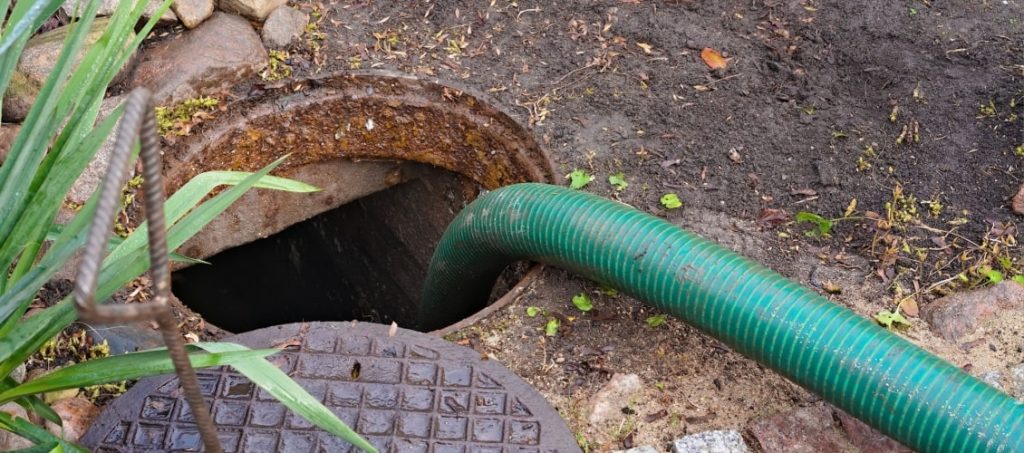When installing a septic system, choosing the right septic tank size is one of the most critical decisions you’ll make. An undersized tank can lead to frequent maintenance issues, while an oversized tank may be unnecessary for your household’s needs. So, how do you determine the right size for your property?
This guide will help you understand septic tank measurements, and key factors to consider when selecting the ideal tank size.
The size of your septic tank impacts how efficiently it processes wastewater. A properly sized tank allows solids to settle, prevents backups, and ensures wastewater is adequately treated before it disperses into the soil.
If the tank is too small for your household’s wastewater output, it will fill up too quickly, leading to frequent pumping, clogging, or even system failure. On the other hand, a tank that’s too large may not function optimally since it won’t retain waste long enough for bacteria to break it down effectively.

Several key factors influence the size of the septic tank you’ll need:
The more people in your home, the more wastewater your septic system needs to handle. Septic systems are often designed based on the number of bedrooms, as this typically correlates with the number of occupants.
Your daily water consumption plays a significant role in choosing a tank size. High water usage from laundry, dishwashing, long showers, and additional appliances (like water softeners) increases the demand on your septic system.
Ontario has strict regulations regarding septic tank sizes to ensure proper waste treatment. According to the Ontario Building Code:
The minimum septic tank size in Ontario is 3,600 liters (950 gallons).
Tanks must be at least twice the daily wastewater flow of a household.
Understanding these regulations is crucial when designing a septic system for your home.

The type of soil and drainage capabilities of your property also affect septic system efficiency. If the soil doesn’t drain well, you may need a larger tank to prevent overload.
Are you planning to expand your family? Will you be adding more bathrooms? If so, investing in a slightly larger tank may be a good idea to avoid costly upgrades later.
While tank sizes vary, here’s a general guide based on household size:
| Number of Bedrooms | Recommended Septic Tank Size |
|---|---|
| 1-2 Bedrooms | 3,600 liters (950 gallons) |
| 3 Bedrooms | 4,500 liters (1,200 gallons) |
| 4 Bedrooms | 5,700 liters (1,500 gallons) |
| 5+ Bedrooms | 7,600 liters (2,000 gallons) |
These are general estimates. The actual size may vary based on household water usage and local codes.
Underestimating Water Usage – If your family frequently uses large amounts of water, choose a larger tank.
Ignoring Local Regulations – Always check Ontario’s septic system requirements before installing a tank.
Choosing the Cheapest Option – A small, inexpensive tank may cost more in the long run due to frequent maintenance and potential system failures.
Forgetting Future Expansion – If you plan to add more bedrooms or bathrooms, consider a larger tank upfront.
At Brock Excavation, we specialize in septic system installation and septic maintenance. Our team can help you determine the perfect septic tank size for your home while ensuring compliance with Ontario’s regulations.
Contact us today to learn more about our septic system services and schedule a consultation. Our experts are here to help you design a safe, efficient, and reliable wastewater management solution for your property.
Get in Touch!
Do you have an excavation, septic, or landscaping project in mind?
Request a quote!

A professional, experienced team serving York and Durham Regions, Kawartha Lakes, and Simcoe County with excavation, demolition, septic services & more.
© 2025, Brock Excavation & Septics. All Rights Reserved.
Web Design By WebMarketers